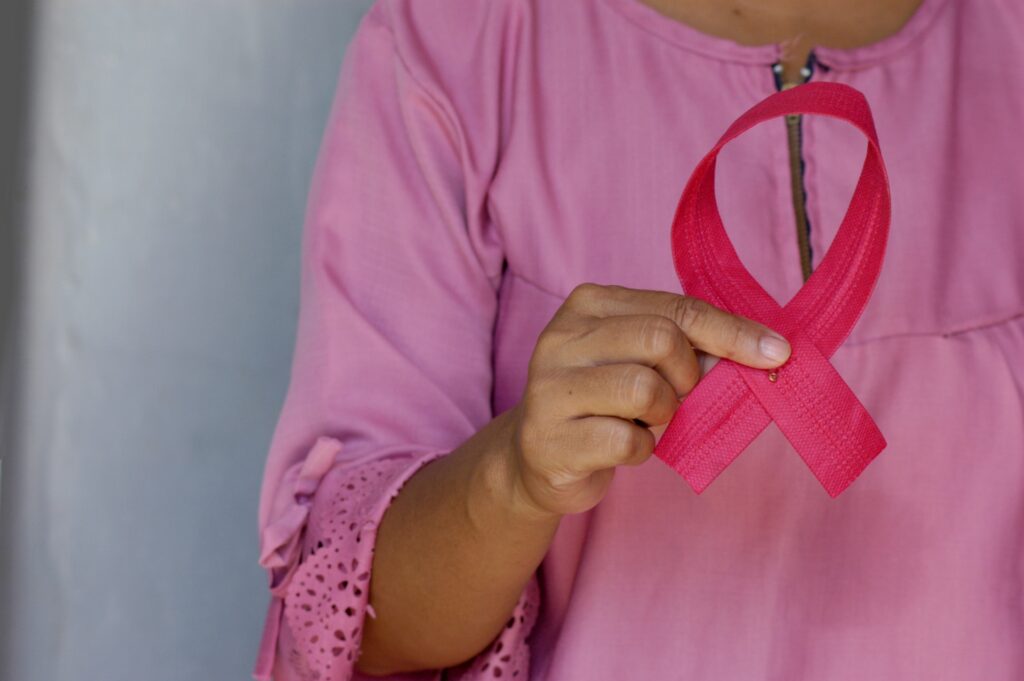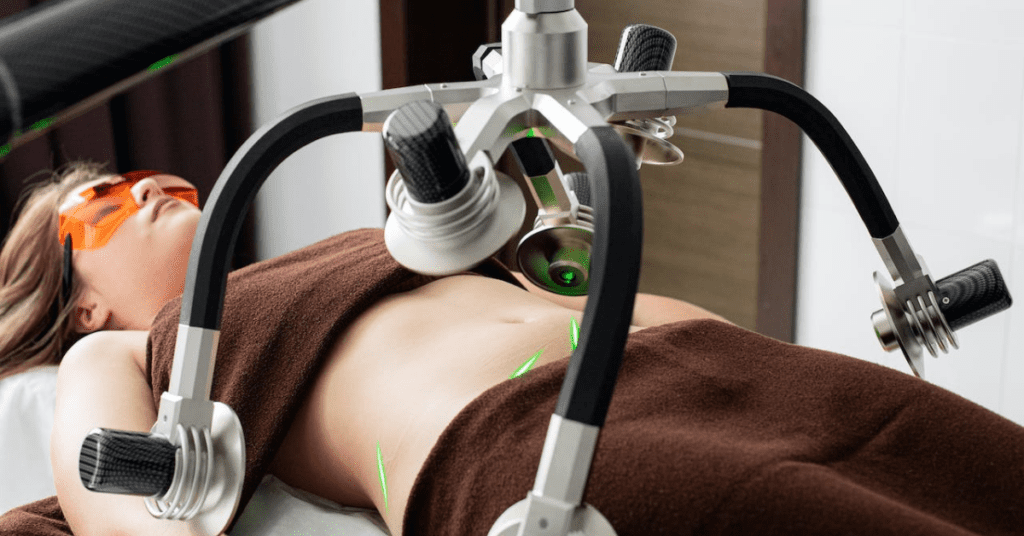In studies, it has been demonstrated that early detection through mammography can reduce the risk of death from breast cancer by up to 45%. The key is to raise awareness of breast health and emphasize personalized approaches to ensure optimal breast examination.
While mammography is a primary screening method, it may not be sufficient on its own for every woman, necessitating the use of supplementary techniques.

What is Mammography and How Is It Performed?
Mammography is an imaging method that uses X-rays. The breast is placed between a detector and a compression plate, and a slight pressure is applied to thin the breast before capturing the image. The main goal of this compression is to minimize X-ray dosage and provide a sharper image. Besides conventional mammography, 3D mammography (known as tomosynthesis, offering more precise examination) and contrast-enhanced mammography methods are also employed today. Contrast mammography involves administering a contrast agent intravenously, producing images with sensitivity comparable to MRI.
Why Should Mammography Be Done?
Mammography is a proven effective method for breast cancer screening, particularly in capturing cancers that cannot be detected by ultrasound and are in the earliest stage, just starting to develop within the milk duct. This ensures the detection of invasive tumors before turning into an aggressive form spreading beyond the duct.
At What Age Should Mammography Screening Begin?
According to Radiology Specialists healthy women should perform self-examinations from the age of 20 for early diagnosis, and routine mammography screening should start at the age of 40. Those with a family history of breast or ovarian cancer should consult a breast diseases center to assess their risks.
Depending on the individual’s risk, the screening age can be as low as 25, and additional methods such as breast MRI or contrast mammography may be added to mammography. Women without familial or personal risks can start mammography at the age of 40. In women with dense breast tissue, additional examinations such as ultrasound, breast MRI, or contrast mammography may be required based on breast density.

Does Mammography Cause Pain?
The compression of the breast during mammography is crucial for thinning the breast, allowing for less radiation exposure and clearer images. However, if performed by inexperienced individuals, this compression can be uncomfortable and may cause pain. Additionally, mammography is more comfortable after the menstrual cycle due to increased sensitivity of breast tissue before menstruation.
Does Mammography Harm the Breast?
Mammography does not harm the breast, and it can be safely performed even in women with silicone implants.
Preparation Before Mammography
Before mammography, especially aerosol or powder-based deodorants or creams should not be used, as these substances on the skin can create misleading images.
Latest Innovations in Mammography
Several innovations have transformed mammography into a digital format. Tomosynthesis mammography has shifted from 2D to 3D imaging. Additionally, contrast-enhanced mammography has been developed, providing detailed information similar to breast MRI in the examined areas and safely applicable in cases where breast MRI cannot be performed.

